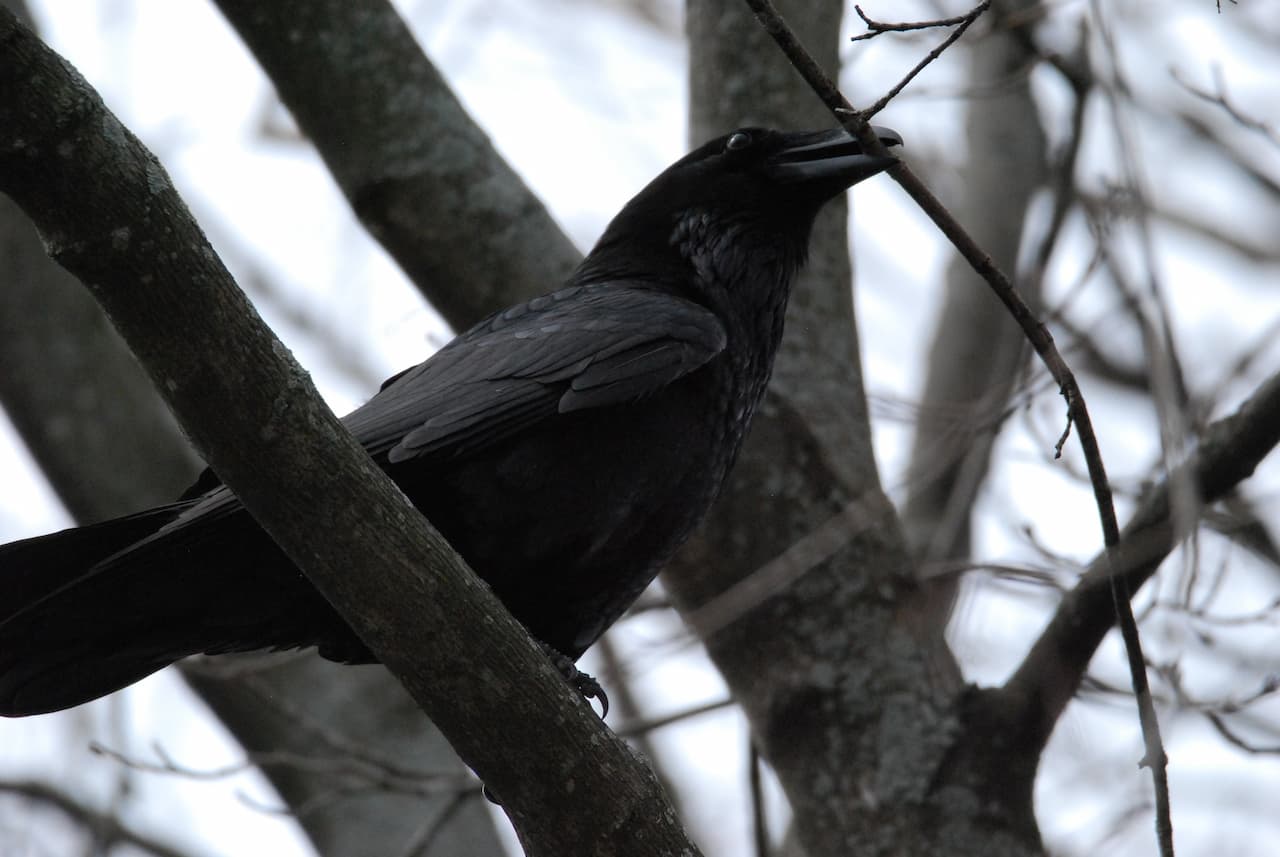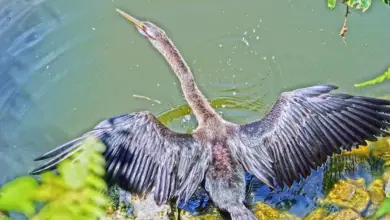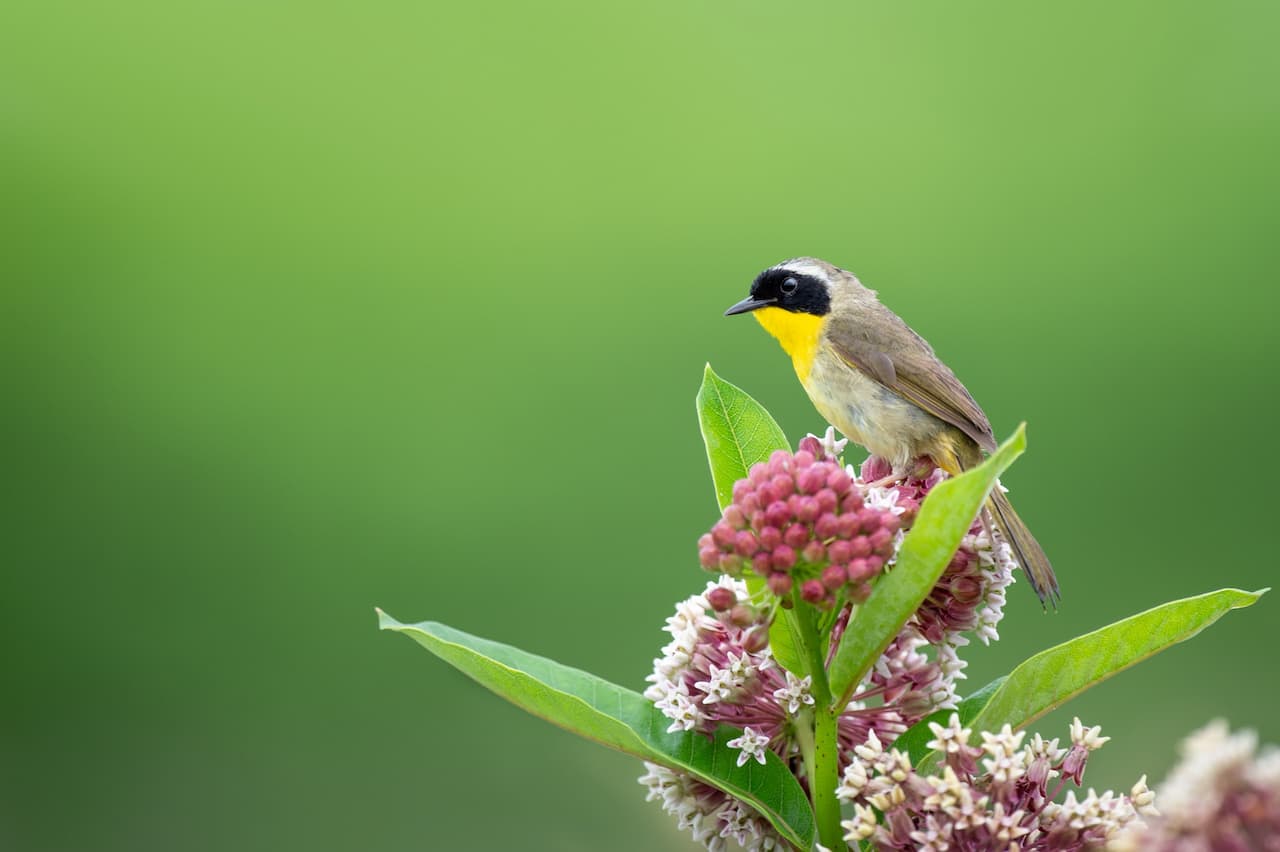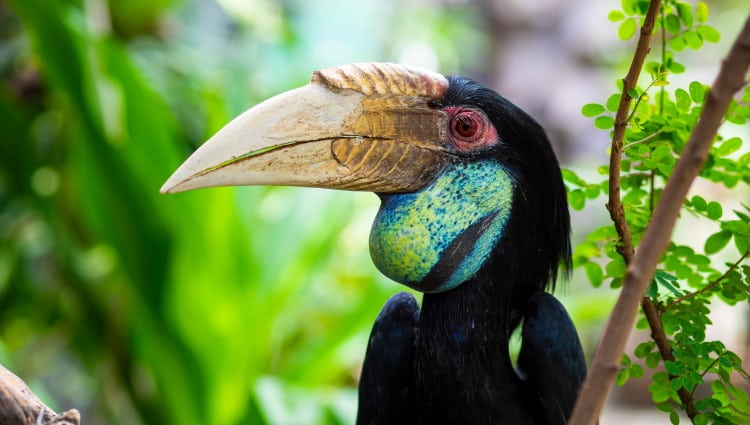The Falcated Ducks or Falcated Teal (Anas falcata) is a Gadwall-sized dabbling duck.
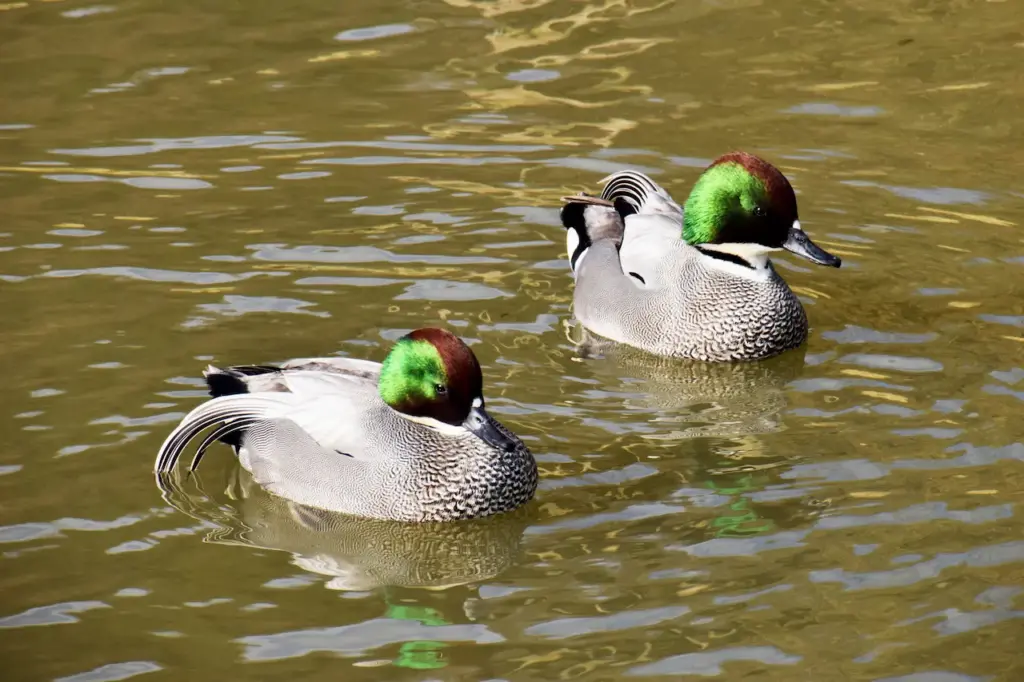
Distribution / Range
The Falcated duck breeds in eastern Asia. It nests in eastern Russia, in Khabarovsk, Primorskiy, Amur, Chita, Buryatia, Irkutsk, Tuva, eastern Krasnoyarsk, south-central Sakha Sakhalin, extreme northeastern North Korea and northern China, in northeastern Inner Mongolia, and northern Heilongjiang, and in northern Japan, Hokkaidō, Aomori, and the Kuril Islands.
It is widely recorded well outside its normal range, but the popularity of this beautiful duck in captivity clouds the origins of these extralimital birds.
This dabbling duck is strongly migratory and winters in much of Southeast Asia. In India: Uttar Pradesh, Bihār, Assam, eastern Haryāna.
Also in northern Bangladesh, northern and central Myanmar, northern Laos to the Mekong River, northern Vietnam (from about Hanoi north), and China: Hainan, Taiwan, Yunnan, Guangxi Zhuang, Guangdong, Fujian, Jiangxi, northern Hunan, Hubei, Zhejiang, Anhui, Jiangsu, Shandong, southern Hebei, Shanxi, northern Shaanxi. It is gregarious outside the breeding season and will then form large flocks.
This is a species of lowland wetlands, such as water meadows or lakes, and usually feeds by dabbling for plant food or grazing.
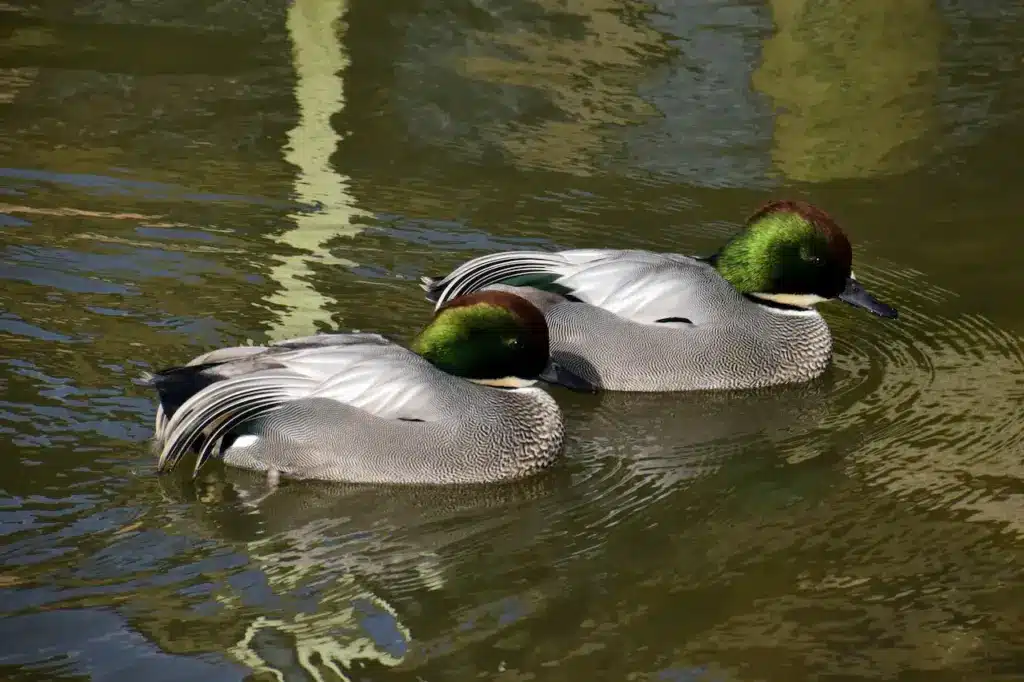
Breeding / Nesting:
It nests on the ground, near water and under the cover of taller vegetation. The clutch is 6–10 eggs.
Description:
This is a at 48–54cm length.
The breeding male is unmistakable. Most of the body plumage is finely vermiculated grey, with the long sickle-shaped tertials (= the flight feathers that are closest to the bird’s body along the wing), which give this species its name, hanging off its back.
The large head is dark green with a white throat, and a dark green collar and bronzed crown). The vent region is patterned in yellow, black and white.
The female Falcated Duck is dark brown, with plumage much like a female wigeon. Its long grey bill is an aid to identification.
The eclipse male is like the female, but darker on the back and head. In flight both sexes show a pale grey underwing. The blackish speculum (= distinctive wing patch) is bordered with a white bar on its inner edge.
Young birds are buffer than the female and have short tertials.
Calls / Vocalization
The male Falcated Duck has a clear low whistle, whereas the female has a gruff “quack”.
Diet / Feeding:
Ducks generally feed on larvae and pupae often found under rocks, as well as aquatic animals, plant material, seeds, small fish, snails and crabs.

Feeding Ducks …
We all enjoy ducks and many of us offer them food to encourage them to come over and stay around – and it works! Who doesn’t like an easy meal?
However, the foods that we traditionally feed them at local ponds are utterly unsuitable for them and are likely to cause health problems down the road. Also, there may be local laws against feeding this species of bird – so it’s best to check on that rather than facing consequences at a later stage.
- Foods that can be fed to Ducks, Geese and Swans to survive cold winters and remain healthy when food is scarce in their environment.
Please note that feeding ducks and geese makes them dependent on humans for food, which can result in starvation and possibly death when those feedings stop. If you decide to feed them, please limit the quantity to make sure that they maintain their natural ability to forage for food themselves – providing, of course, that natural food sources are available.

